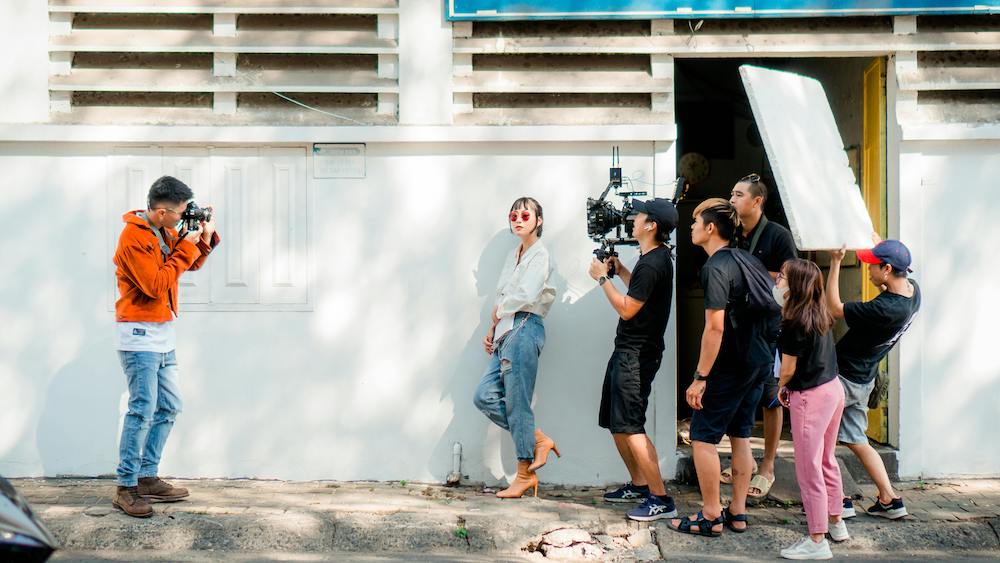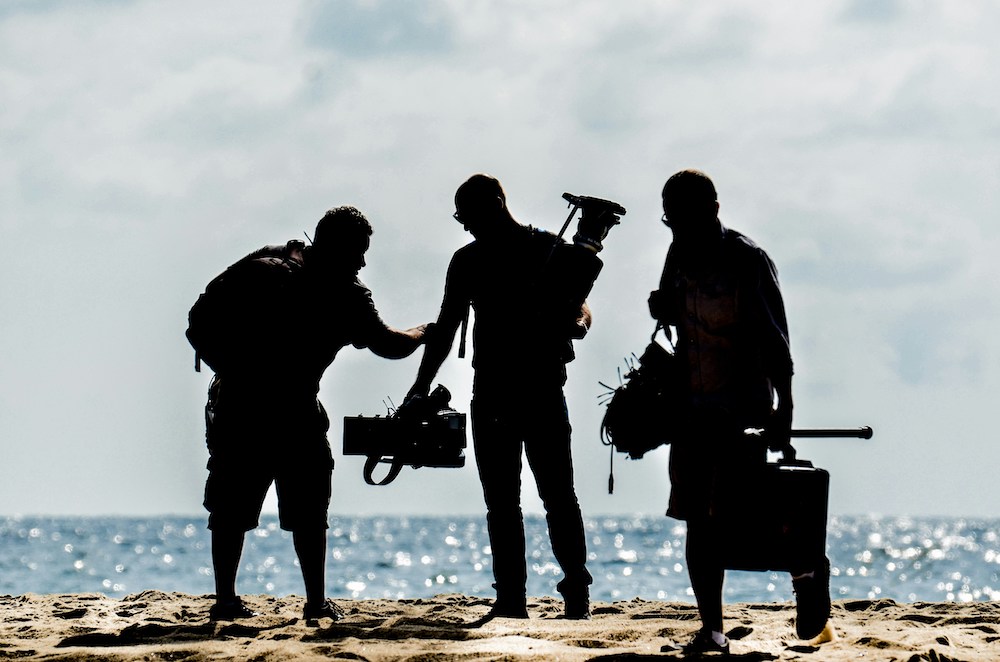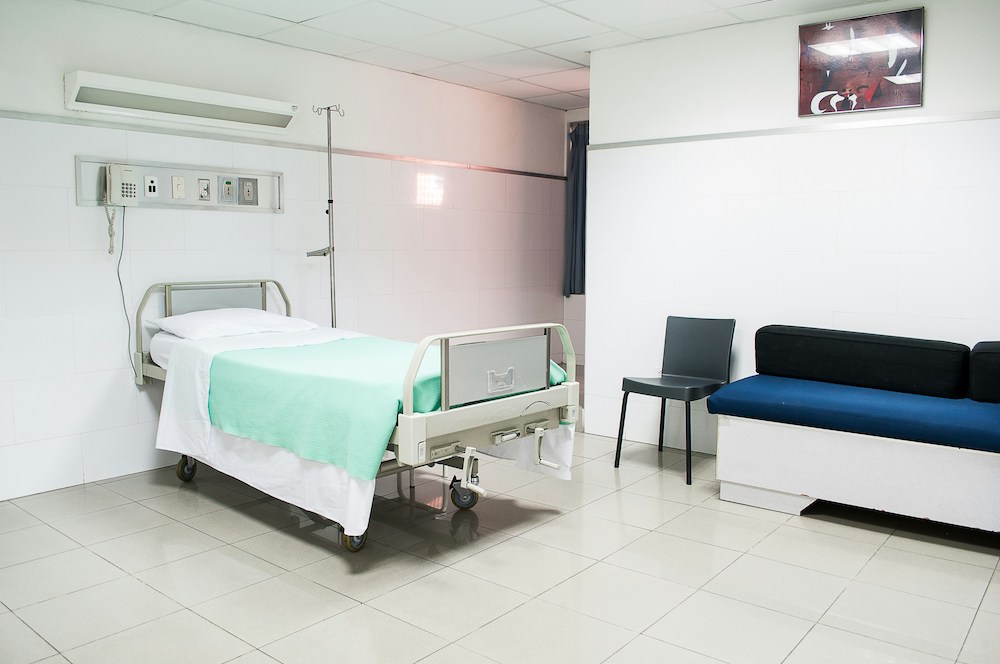

The eye-watering costs of Hollywood films are no secret, and for those without Hollywood bank balances, it may feel as if the odds are stacked against you. But it's worth remembering that some of cinema's best films come from the hands of production teams that were forced to get creative with what they had at hand. From borrowing your mate's flat to filming in a public park, the world is full of low budget film locations that are just waiting to be snapped up for your next project.
That's not to say that finding locations within a tight budget can't be a daunting task. But if you're willing to explore beyond the beaten path, there are plenty of hidden gems waiting to be discovered. In this article, we delve into the world of low budget film locations, offering tips and insights for filmmakers looking to make the most of their resources.
Contents:
1. Finding low budget film locations
2. Making use of what you have
3. Filming in public
4. Using green screens and film editing techniques
5. Transform locations using props and decor
6. Wrapping up
When looking for low budget film locations, it's important to remain conscious of your constraints and limitations without letting them define you.
When searching for low budget film locations, you can try virtual location scouting with Google Earth to review potential locations for free. Just make sure that once you have your shortlist, you still visit locations in person and don't rely solely on photographs or videos. You may be on a budget, but that doesn't mean you should compromise on quality.
When it comes to filming on a budget, try to limit the number of locations that you use, and if possible, arrange locations that aren't too far apart so as to avoid unnecessary travel. If you have a certain location in mind that's important for your film, try to search for secondary locations within a 10-mile radius. This will help to bring down transportation costs and keep your production time to a minimum.

Don't forget to take into account additional costs such as catering, permits, equipment and paying your crew. Things can easily add up over the course of production and it's important that you have a good grasp of the costs before you begin filming, so that you don't have to compromise on things further down the line.
You can also look out for funding opportunities to help with production costs. The UK government offers Film Tax Relief for British films, and organisations such as BFI London and Film4 invest millions of pounds each year to help independent filmmakers get a foot in the door. There are similar initiatives run by organisations across the US and Canada.
SuperScout is your own private location library – upload locations in minutes, tag them with ai in seconds, then search and share with your team

Money may not be your strong suit, but you likely have a range of other resources that you can pull from. Reach out to those in your network, including friends, family, and other filmmakers, and see if they have any suggestions or referrals to offer you.
You can expand your network by joining filmmaking communities on social media sites, such as Reddit and Facebook, and then pitch a proposal for free or low budget film locations. These groups are usually full of aspiring filmmakers who want to help each other get a foot up in the industry, so many will be receptive to exchanging favours rather than money. For example, you may offer an aspiring film editor a role in your production, and through them gain free access to an interesting film location they have on hand.

However, you need to be clear and forthcoming about whether you're paying people in money, exposure or favours, and don't try to push people past the boundaries that they have communicated. Exchanging favours and leaning on relationships is great, but it doesn't mean that you can forgo professional contracts and etiquette; it's important that everyone is protected and understands the terms of agreement.
Provided you obtain the necessary permits, shooting scenes in public spaces can be a great way to source low budget film locations and keep your production costs to a minimum.
If you have a small crew and aren't causing any major disruption, then public spaces can be a goldmine for low budget filming opportunities. You should always do your research and double check that the area you want to film in is actually public as many spaces may appear to be public but are actually privately owned.

Different countries and jurisdictions have different requirements, so it's important that you get in contact with your local council or film office to receive relevant advice and ensure that you're doing everything above board. If you're looking for advice on how to get filming permission in London, we have you covered.
In the UK, obtaining a Notice of No Objection can help avoid any disputes, as it confirms the local authority no objection to the filming going ahead. In the US, federal law requires that you have a permit for all commercial filming. Most countries also require you to have some form of public liability insurance.
Modern advancements in technology have afforded filmmakers the opportunity to create worlds as vibrant as their wildest imaginations. The accessibility of these resources has also greatly improved in recent years, meaning that even low budget filmmakers can make use of these technologies to bring their ideas to life.
Green screens provide a cost-effective way to create realistic backgrounds and environments that may be otherwise unattainable due to budget constraints. Just make sure you do your research beforehand, and understand the importance of lighting and perspective when filming with a green screen. You can then use editing techniques such as colour grading, masking, and compositing to seamlessly blend the actors with the artificial background.

CGI is a little more costly, especially if you want it to look realistic, but AI is improving at unprecedented rates, and more and more programmes (such as Wonder Dynamics and MOD VFX) are offering impressive visual effects for competitive rates.
By thinking outside of the box and investing time in strategic decoration and prop selection, you can easily transform your low budget film locations into the perfect settings for your film.
Look for low budget film locations that can be redressed and repurposed to represent multiple scenes or settings within your film. When reviewing your script, try to avoid writing in scenes that require niche locations that may be difficult to recreate (for example, a high-speed car chase or a stadium football game).
However, with most settings, there are usually ways to get around forking out for exact replicas; if you need to film a scene in a hospital or doctors office, for example, you can use props to transform an ordinary space into the setting that you require.

You can use exterior shots of iconic buildings to build up a better picture of your scene, and experiment with tactful camera work to conceal parts of the location that don't fit the script. Using these techniques also allows you to use the same location for multiple scenes, adjusting your props and decor to transform it into a whole other space.
Have a look in local charity shops and car boot sales for potential props and set materials, or try your luck in local Facebook groups and online marketplaces. You can also try reaching out to local theatre groups and schools to see if you can rent or borrow set pieces for cheap.
Making a low budget film is difficult for many reasons, but with locations eating up such a large portion of production costs, the strain of keeping things economical can often fall heaviest on location managers and scouts.
Thankfully, if you're willing to get creative, you can find amazing locations to transform your film production. Finding low budget film locations is all about thinking outside the box, leveraging community resources, and maximising the potential of every space to bring your creative vision to life. And don't forget to extend your thanks to all those who have helped you along the way!
SuperScout is your own private location library – upload locations in minutes, tag them with ai in seconds, then search and share with your team

